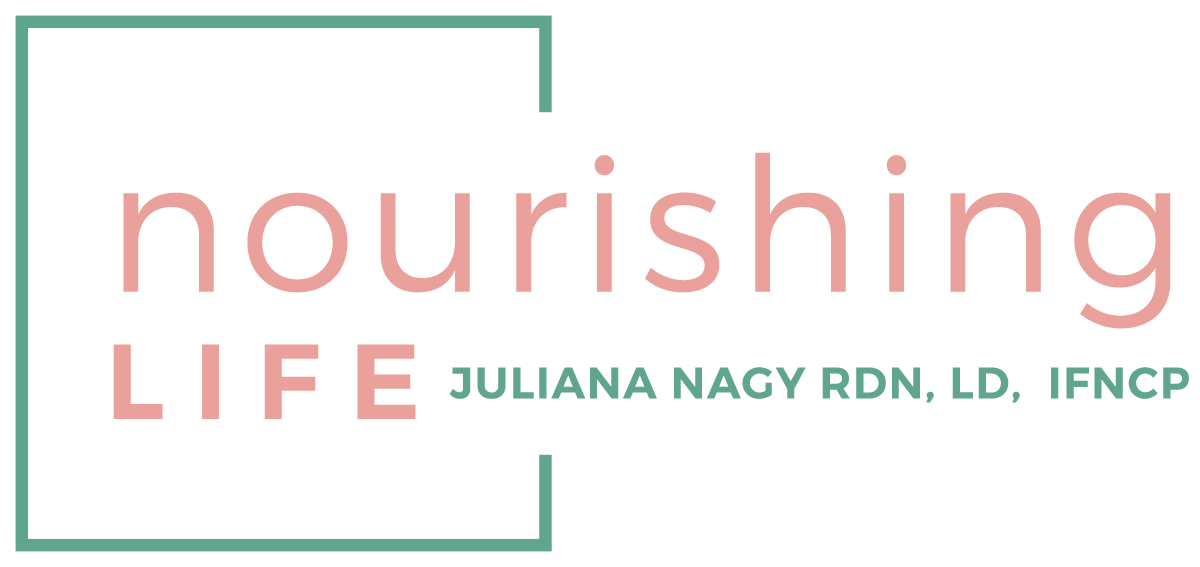October is National Breast Cancer Awareness Month. This topic is very personal to me because, while there is not one thing we can do to prevent breast cancer, there are many things we can do to help reduce our risk. Early detection and treatment is critical, and therefore the practice of regular mammograms and self-exams are essential. When it comes to nutrition and lifestyle choices, there are many things we can do to decrease risk.
This month I am sharing a practical but very realistic guide on what you can start implementing today to decrease your risk of Breast Cancer. Read and share it with your loved ones! Tell me what you plan to implement to "fight" breast cancer!
1. Exercise. Participating in regular physical activity can help decrease estrogen levels, which can decrease the risk for breast cancer.
How to incorporate: For those who don’t enjoy traditional forms of exercise such as walking, jogging, or participating in a structured fitness program, here are a few alternatives that will still have your heart pumping (and actually may be way more fun!)
Sign up for a dance class. Zumba, ballroom dancing, hip-hop, and ballet are all forms of exercise just not in a traditional format.
Schedule 30 minutes a few times a week to play outside with children or grandchildren.
Playing an old fashion game of kickball or soccer will certainly get the heart pumping and will be creating lasting memories.
Wear a pedometer and just challenge yourself to 10,000 steps per day – that is like walking 3 miles! Once reaching the 10,000 steps per day goal, increase it to 12,000, then 15,000. The little extra steps will really make a difference and you won’t even need the gym.
2. Eat a serving of beans or lentils at least twice a week.
How to incorporate: One night a week swap the traditional meat and potatoes dinner for beans and rice (preferably brown). Make this interesting by cooking white beans, lentil stew, split pea soup, and red beans and rice. No need to negate the health benefits of beans by adding high fat processed meats to the pot; instead try going vegetarian one night a week. For the second serving of beans try serving black beans, lima beans, or black-eyed peas as a side dish to the family meal.
3. Increase fruit and vegetable intake. By eating a variety of fruits and vegetables instead of focusing on just one food, the total nutrition profile is increased. Research has found a positive correlation between a decrease in breast cancer risk and an increase in the following vitamins and minerals: vitamin D, C, A, and E, and calcium – just to name a few.
How to incorporate: The best way to incorporate this breast cancer-fighting tip is to think about the plate as a rainbow. Start the day with a antioxidant and fiber-packed blueberry shake, for lunch have a color full tossed salad with broccoli, yellow squash, tomatoes, garbanzo beans, and topped with salmon and for dinner set a goal to have at least 3 different colors of foods onto your plate (i.e. sweet potatoes, broccoli, black beans, red, yellow and green bell pepper stir fry).
4. Increase the intake of monounsaturated fats and include more omega-3 fatty acids into the diet.
How to incorporate: Include more legumes, nuts, and seeds, baked seafood, canola oil, walnuts, flaxseeds into the daily food routine. Add fresh ground flaxseeds to a breakfast smoothie, opt to eat more seafood and less red meat, try snacking on nuts and seeds instead of traditional packaged foods.
More Cancer-Fighting Tips:
Avoid tobacco
Decrease high-fat foods and meat intake
Increase fiber intake
Limit alcohol
Including a daily garlic supplement may be beneficial
Eat soy and soy products in moderation
One study found that breastfeeding for more than two years may reduce breast cancer risk by half
For additional guidance and support on creating an anti-inflammation, breast cancer-protective diet then contact me today!

